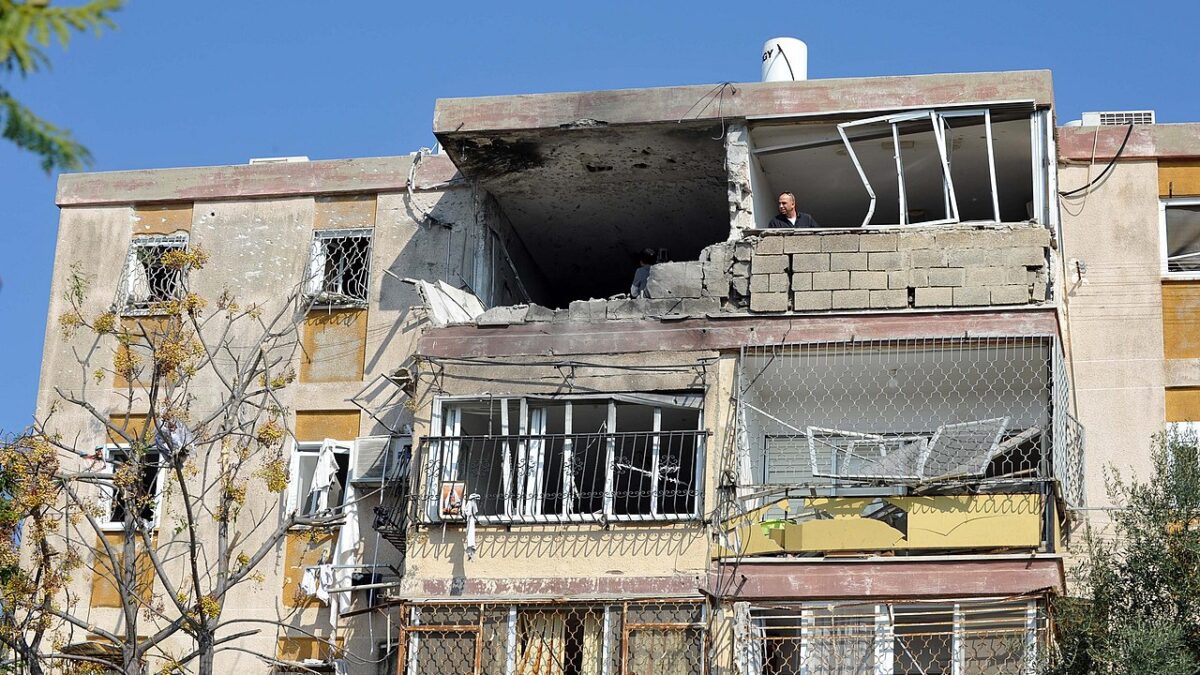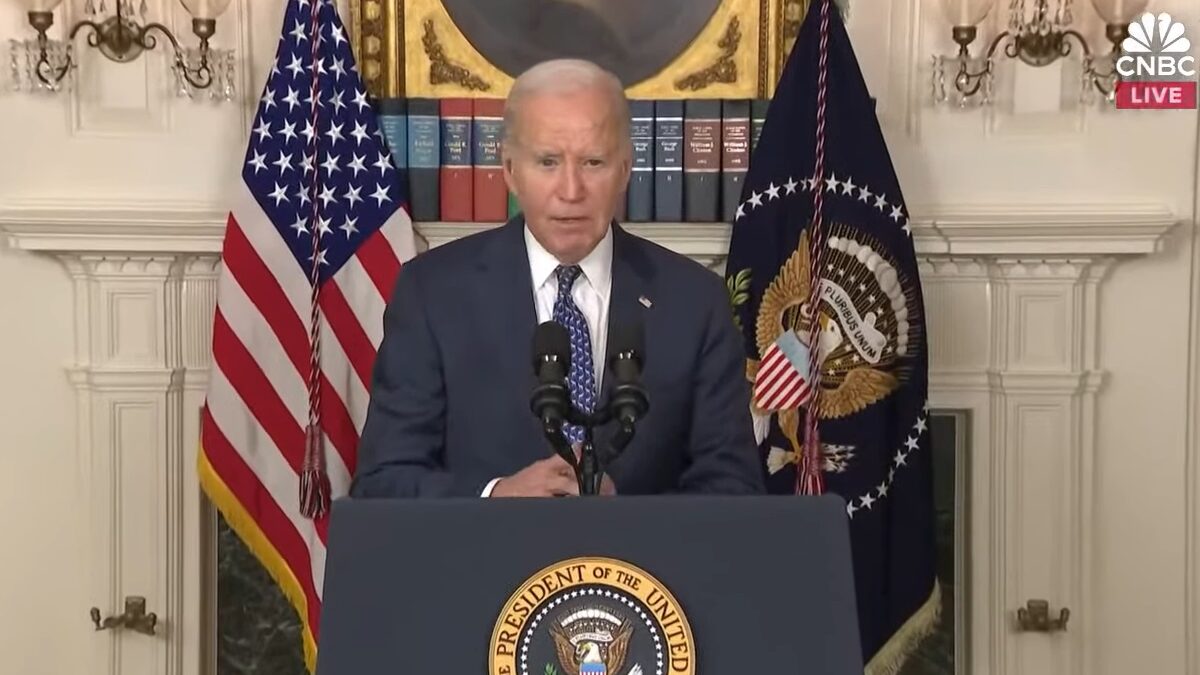A new government watchdog report detailed and confirmed the U.S. military’s failures throughout their 20-year effort to rebuild Afghanistan, including costing thousands of lives, wasting billions of taxpayer dollars, and overlooking the region’s “endemic corruption” undermining their mission.
The report, titled “What We Need To Learn: Lessons From Twenty Years of Afghanistan Reconstruction,” was published Monday by John Sopko, the Special Inspector General for Afghanistan Reconstruction (SIGAR), who oversees U.S. spending and reconstruction efforts in the now Taliban controlled country.
“If the goal was to rebuild and leave behind a country that can sustain itself and pose little threat to U.S. national security interests, the overall picture is bleak,” the SIGAR wrote.
Upon review thousands of government documents and conducting over 760 interviews, the “lessons learned analysis has revealed a troubled reconstruction effort that has yielded some success but has also been marked by too many failures,” the SIGAR report read. “The challenges U.S. officials faced in creating long-term, sustainable improvements raise questions about the ability of U.S. government agencies to devise, implement, and evaluate reconstruction strategies.”
SIGAR’s new Lessons Learned report, What We Need to Learn: Lessons from Twenty Years of #Afghanistan Reconstruction, examines the past two decades of the U.S. reconstruction effort in Afghanistanhttps://t.co/59SOd9qCML pic.twitter.com/iPeZtok50Q
— SIGAR (@SIGARHQ) August 17, 2021
The report found that many of the failures had to do with a complete lack of understanding in regards to Afghan culture and the “social landscapes” of the region.
“Rarely did U.S. officials have even a mediocre understanding of the environment, much less how it was responding to U.S. interventions,” the SIGAR wrote.
More specifically, U.S. officials did not understand the degree of corruption in the country and its undermining of their mission. “U.S. programs empowered malign actors and exacerbated preexisting inequities, undermining the legitimacy of the Afghan government they were intended to bolster,” the report found.
Ambassador Ryan Crocker affirmed this, telling SIGAR, “The ultimate point of failure for our efforts wasn’t an insurgency. It was the weight of endemic corruption.”
The report noted the enormous amount of tax dollars — an estimated $6.4 trillion — spent on total war costs in Afghanistan, Iraq, and Pakistan, with billions of dollars in spending directed towards the attempt to rebuild Afghanistan.
In the 20 years spent in Afghanistan, the U.S. has spent $145 billion on reconstruction efforts, SIGAR found, in addition to the billions of dollars towards fighting the war that cost countless American and Afghan lives.
“The Department of Defense (DOD) has also spent $837 billion on warfighting, during which 2,443 American troops and 1,144 allied troops have been killed and 20,666 U.S. troops injured,” the report read. “Afghans, meanwhile, have faced an even greater toll. At least 66,000 Afghan troops have been killed. More than 48,000 Afghan civilians have been killed, and at least 75,000 have been injured since 2001—both likely significant underestimations.”
The report also noted Biden’s request for a funding increase for Afghan security to $3.33 billion in April 2021, even though he had already announced the plan to withdraw all U.S. troops.
“Despite the U.S. troop withdrawal, the Biden administration has requested more than $3 billion for Afghanistan’s reconstruction in the coming year,” according to SIGAR.
The report found the U.S. government was “overwhelmed by the magnitude of rebuilding a country that, at the time of the
U.S. invasion, had already seen two decades of Soviet occupation, civil war, and Taliban brutality,” and failed to create long-term solutions in Afghanistan.
“Billions of reconstruction dollars were wasted as projects went unused or fell into disrepair. Demands to make fast progress incentivized U.S. officials to identify and implement short-term projects with little consideration for host government capacity and long-term sustainability,” the report read. “U.S. agencies were seldom judged by their projects’ continued utility, but by the number of projects completed and dollars spent.”









